Six Things, Volume 76
Conducting | Colour | Greatest show | Bulwer-Lytton | 404 | Cellar door
Well that month just flew by, didn’t it? Miss me?
No need to answer.
Six Things returns from the summer break with neither a bang nor a whimper – more like that indeterminate sound you make when you run into someone you know you’ve met before, but the circumstances of the meeting, and, crucially, their name are a complete mystery to you, even though they’re talking to you with the familiarity of someone who has just made you godparent to their first-born.
Hi.
Things are ever so slightly changing around here. It’s not the kind of radical and expensive overhaul immediately regretted by all participants – more the kind of tweak that only registers as a vague ‘hang on, something’s different around here’, and then after an hour or two you realise it’s because there’s a new armchair in the corner.
The weekend Six Things posts – featuring six things that have caught my eye, ear, nose, or that unknown sense that makes you turn round and go ‘hello, what was that?’ – will continue as normal, but for the rest of the year I’ll be suspending the midweek Birds posts. This is because I have a Larger Bird Project brewing for 2025, about which I’ll be spilling the beans nearer the time, and I’d like to devote some time to getting that ready to launch in the new year.
But hey – enough of my yakkin’ – whadda you say? Let’s boogie.
Thing 1 – Conducting
The art of conducting is mysterious to many – audience, players, often conductors themselves – but a lot of the bafflement (‘what exactly does a conductor do?’) is focused on the performance. We see someone standing in front of an orchestra, waving their arms, perhaps gurning. We hear the music. We look again at the conductor. We try to connect the two. Often, we fail. And we ask ourselves whether what they’re doing has any tangible effect on the resulting sound, and whether the musicians are in fact taking any notice of them at all.
What, in short, is the point of conductors?
I’ve been conducting at various levels for the best part of three decades, so feel at least partially qualified to comment, and I can say categorically that:
– yes conductors do make a difference
– no it’s not always positive
– no we don’t always know exactly how we’re doing it
– no it’s not just all about the performance
The impact of a conductor on the music and the musicians is often felt, for better or for worse, in rehearsal. And in rehearsal, unlike in performance, the conductor can talk – although there are occasions when a conductor is moved not only to vocalise themselves, but inspire their musicians to follow suit:
In rehearsal, whether the message is simple (‘Too loud! Too fast! Too wrong!’) or more nuanced (‘we must play this passage with the limpid resonance of a canoe stranded and rocking gently in the dense fog of the Louisiana bayou’) sometimes you run out of words to describe your vision of the music.
And sometimes the simplest way to express something is by singing.
Thing 2 – Colour
Nikolai Rimsky-Korsakov, whose Scheherazade features in the energetic clip above, was a notable synaesthete – for him, the key of A major was rosy, F green and G rich gold.
I wonder what he would have made of this game, which did the rounds this week. It’s based on people’s perception of blue and green, and where one becomes the other.
It is of course entirely subjective – the blue/gold dress all over again – and in part depends, as the maker of the game acknowledges, on ambient light, screen calibration and other factors, including what your first language is. And if you play it several times, as he recommends, you’ll get slightly different results each time.
As any self-respecting Nature Writer™ knows, there are many shades of blue – cerulean, azure, powder, sky, duck, cornflower, royal, celestial etc etc – and just as many of green – I’m sure you can compile your own list – and even the most basic definition of ‘blue’ varies depending on which colour model you use: the ‘blue’ of RGB isn’t the same as the blues of CMYK, Pantone, NCS, Munsell, Crayola and so forth.
It is all, once you start delving into it, a confusing mess. The paint makers don’t help.
There’s a long and noble history of humans trying to impose some sort of structure and order on the world of colour. It’s explored in this nice article about the history of colour charts. It’s a subject I find fascinating and bewildering in equal measure, and would love to know more. Do, if you happen to have one, point me towards your favourite ‘understanding colour’ resource.
Anyway, a more fun game than the ‘my blue isn’t your blue’ one is this colour matching one. It has six stages of increasing fiendishness.
And if the question of how blue blue is has piqued your interest, you can buy a cyanometer postcard from Present & Correct. Hold it up to the sky, look through the hole, jot down the shade number (and any other message you might care to include) and send it to a friend.
Thing 3 – The Greatest Show
Just under six years ago I was walking past our local auction house – this isn’t as grand as it sounds, by the way – while Bond Street is the natural area for your Sotheby’ses and your Christie’ses and your Bonham’ses and such like, Rosebery’s favours the more suburban milieu of West Norwood, which, after a doomed attempt in certain circles a few years ago to make its credentials more acceptable to the kind of people who place importance on such things, is now known to precisely nobody as ‘WeNo’, which—
OK look, that sentence got completely out of control, so I’ll start again.
Just under six years ago I was walking past our local auction house and my eye was caught by, as I described it on twitter, an utterly wonderful and enchanting thing. It was this mechanical scale model of a three-ring circus.
It was up for sale (it sold for £13,000, and was, if I remember correctly, bought by an anonymous bidder for display in the entrance hall of a children’s hospital, which is exactly the place and purpose you would hope it would be bought for).
You can click through and read the whole thread on Twitter, but here are some of the highlights.
The circus lurks in my memory, popping up occasionally when it’s most needed – or, as earlier this week, when I see something similar.
And this is why on Tuesday morning you might just find me at Bonham’s to see the sale of ‘The Greatest Show – The Fairground World of Ross Hutchinson’.
Forty years in the making, the collection features everything you might have found in the heyday of the fairground. Carved animals catch the eye
as do the many posters
and several coin operated machines.
The highlights, though, are this superb 1:3 scale model of a steam engine
And this impressively macabre 1920s working model, ‘The English Execution’. You insert a coin, a bell tolls, and the prisoner appears and receives his last rites before being hanged.
How jolly. And yours for somewhere north of £4000.
Thing 4 – Bulwer-Lytton
It was a dark and stormy night; the rain fell in torrents – except at occasional intervals, when it was checked by a violent gust of wind which swept up the streets (for it is in London that our scene lies), rattling along the housetops, and fiercely agitating the scanty flame of the lamps that struggled against the darkness.
The opening to Edward Bulwer-Lytton’s 1830 novel Paul Clifford has spawned many imitators (not least Madeleine l’Engle’s sly nod in the opening to A Wrinkle In Time)
It also spawned The Bulwer-Lytton Fiction Contest, an annual competition (running since 1982) to find ‘opening sentences to the worst of all possible novels’.
Here is this year’s winner, written by Lawrence Person.
She had a body that reached out and slapped my face like a five-pound ham-hock tossed from a speeding truck.
The winner of the Special Award, by Joel Philips, also has a lot going for it.
Mrs. Higgins’ body was found in the pantry, bludgeoned with a potato ricer and lying atop a fifty-pound sack of Yukon golds, her favorite for making gnocchi, though some people consider them too moist for this purpose.
I’m also fond of this, by David Hart, which earned a Dishonorable Mention in the Science Fiction category.
P’'gf'th wrestled with the controls of the ancient lightship, unlikely to survive the tachyon storm, but determined to deliver the cargo that would free the people of Cv'nkjh from their aeons-long vowel famine.
You can find all the winners, runners-up and so forth, as well as the archive of past contests, here. Good luck.
Thing 5 – 404
The 404 page feels like a throwback – something from the earliest days of the internet that still survives, occasionally popping up when you take a wrong turning.
The term, coined by none other than Tim Berners-Lee himself (is there anything more English than his explanation that he wanted to make it sound ‘slightly apologetic’?) is now more than 30 years old. And if you want a vivid example of the power of Mortality Maths, then look no further than the jolt I just experienced when I realised, typing that last sentence, that I have near as dammit lived half my life in the Internet age.
So anyway.
Most often, a 404 page is a tedious dead end, the tiniest blip in our lives as we renavigate to something more helpful. But very occasionally you get one that’s more interesting than the thing you were looking for in the first place. Chapeau to the Financial Times for this magnificent example of the genre.
Thing 6 – Cellar Door
A while ago, in what seems a different age, I accidentally started a thing called the World Cup of Random English Words.
If you missed it, I wrote about it here. And you can explore all the results here.
Despite occasional pleas from Twitter users for a reprise, it always felt like a one-time thing, fuelled by a mixture of spontaneity, whimsy and – and I feel my self-knowledge in this area is an encouraging sign of personal growth – lunacy.
But now, thanks to Aris of the Logos Substack, you can pit words against each other to your heart’s content. He and his friend Elliott created Cellar Door, “a web app to help us identify the most beautiful word in the English language”. (For the origins of the name, see here.)
It’s fun. And, random selection being what it is, it occasionally throws up intriguing, comedic and eyebrow-raising pairings.






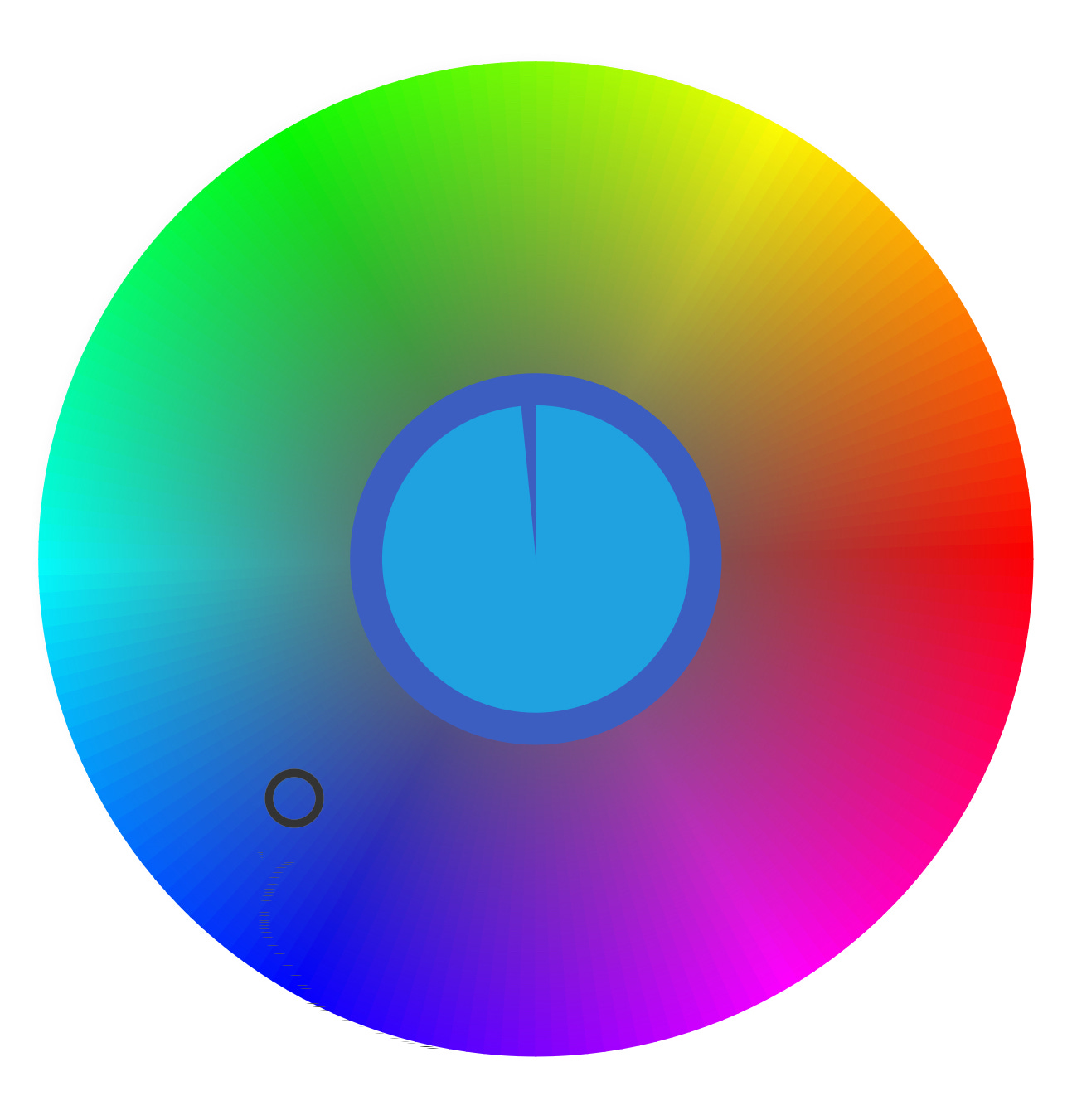




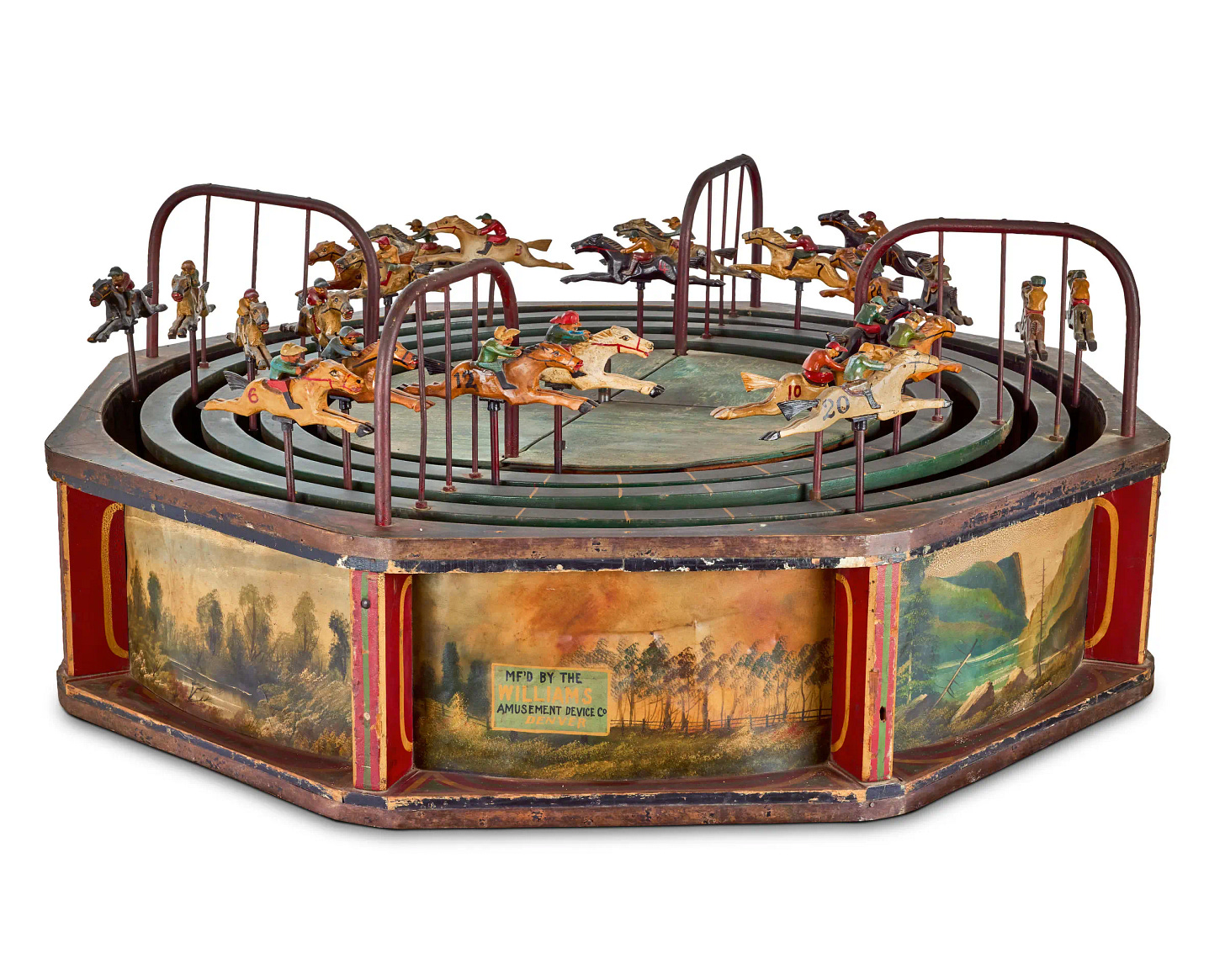
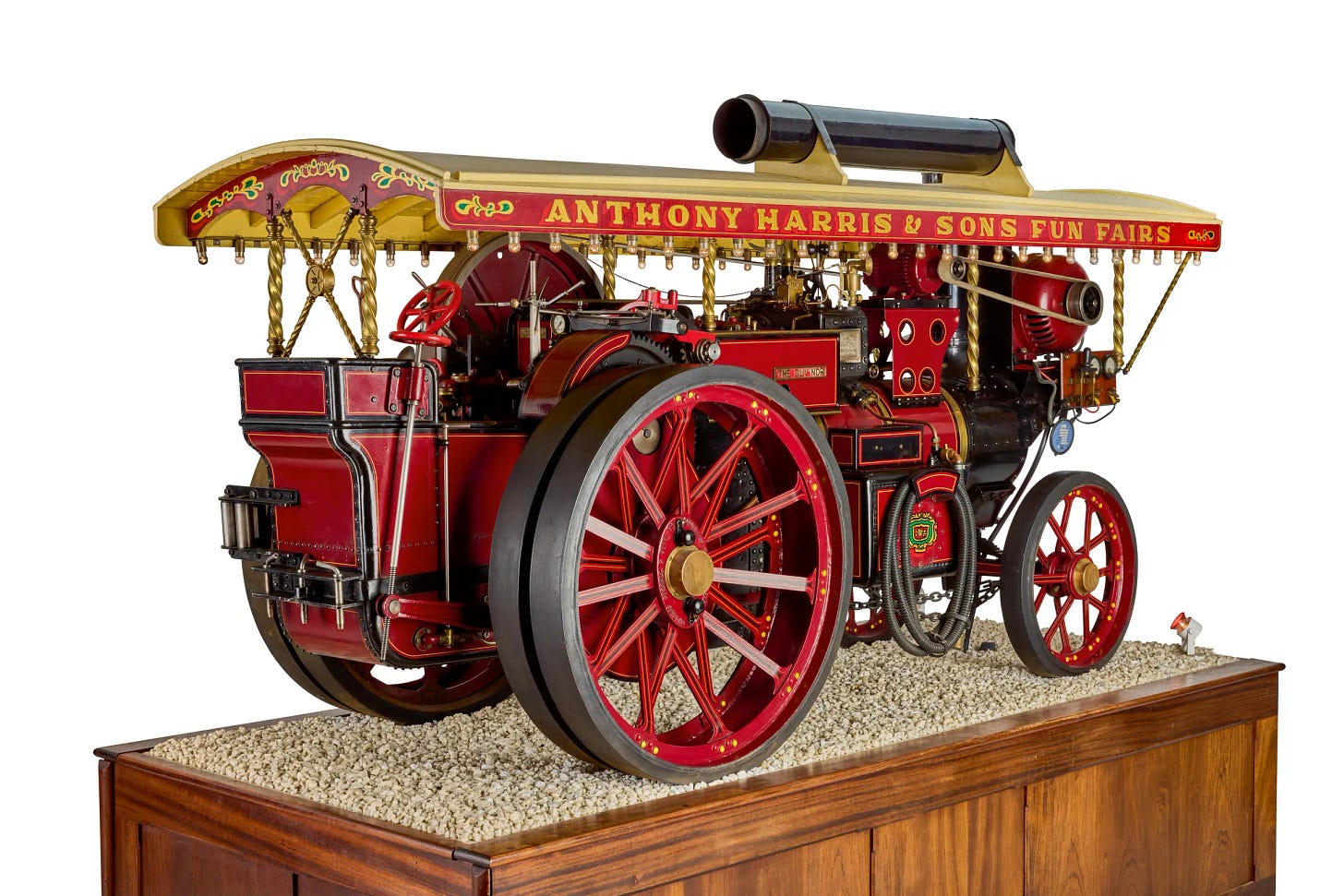

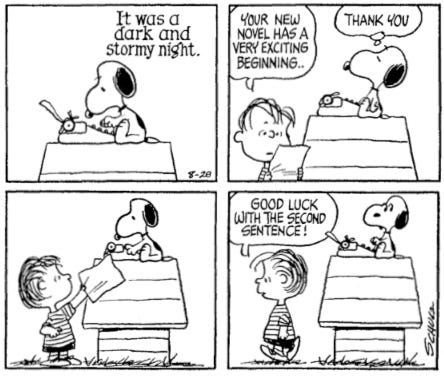
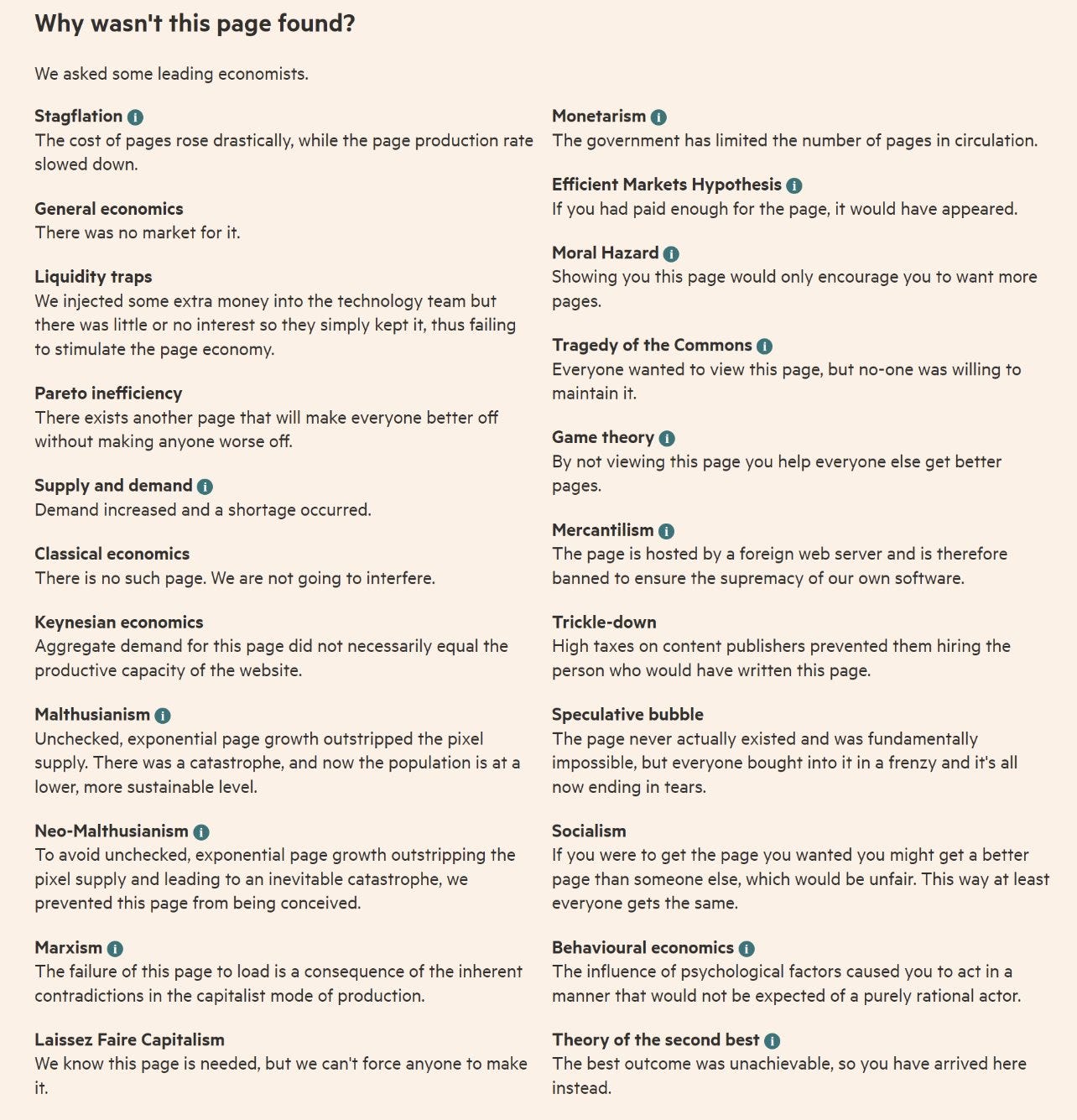


I didn’t miss you at all because this is my first time here. Signed up after accidentally reading your Tangled Bank book last month, and realising I was in the presence of (a) another massive trivia nerd and (b) a fellow Substacker. Very much enjoyed this first edition. Thank you.
Re. English executions: I sing a song Adieu, Adieu, AKA The Flash Lad, AKA Will O'Day (a corruption of Well-a-day, meaning 'alas'). It is a goodnight ballad, i.e. supposedly the last words of a criminal about to be executed. These are mostly one of two varieties: 'I'm so bad, don't do what I done!', or 'Whatever, I don't care, I'm awesome!'. Adieu, Adieu has more of a flavour of the latter.
References in my version date it to the period 1749 - 1753 (Bow Street Runners / Covent Garden).
In those days criminals were taken from Newgate to Tyburn to be hanged. They were transported in an open ox-cart, a distance of three miles, but the ride could take a long time, as the cart might stop at pubs along the way. The condemned criminal was expected to put on his best clothes and meet his fate with insouciance, and a kind of cult of admiration developed around the especially handsome or dashing ones (such as James Maclaine, the so-called Gentleman Highwayman: the timing is right for him to be the inspiration for Adieu, Adieu).
Or, as John Gay says in the Beggar's Opera,
"The Youth in his Cart hath the Air of a Lord,
And we cry, There dies an Adonis!"